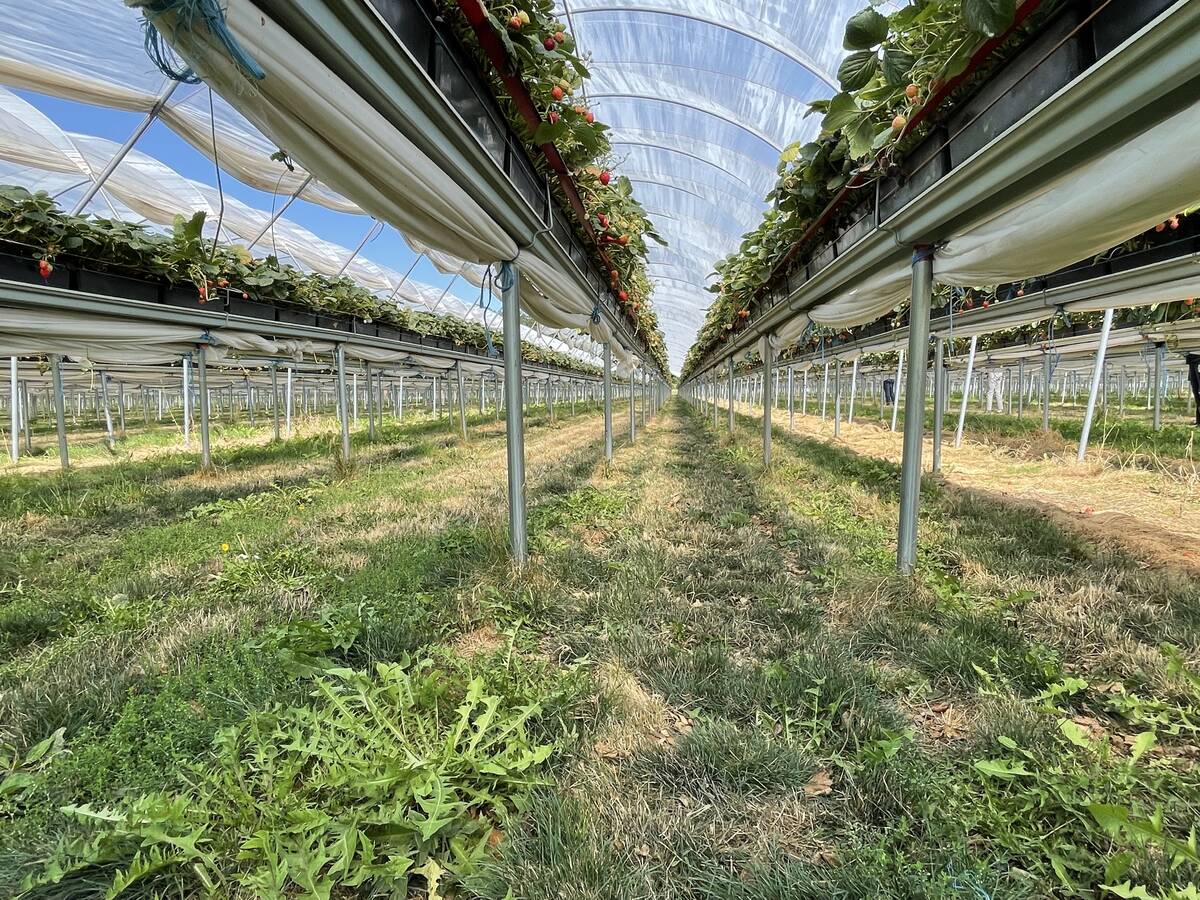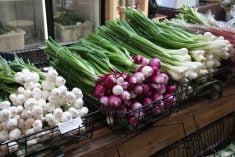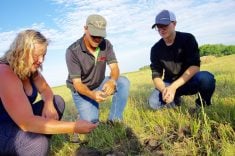Two teams from Ontario, including one from the University of Guelph, are among four finalists in the $33 million Homegrown Innovation Challenge sponsored by the Weston Family Foundation.
Their goal is to find a way to grow berry crops in Canada year-round as a way of making this country more food resilient.
Why it matters: Canada’s climate and geography make us very reliant on fresh produce imports, and climate change impacts on agriculture around the world could make fruits and vegetables more expensive and harder to come by in the future.
Read Also

Conservation Authorities to be amalgamated
Ontario’s plan to amalgamate Conservation Authorities into large regional jurisdictions raises concerns that political influences will replace science-based decision-making, impacting flood management and community support.
The Weston Family Foundation launched its Homegrown Innovation Challenge several years ago to help innovative berry growing solutions get out of the lab and into farms and greenhouses. The Foundation is also currently sponsoring a $20 million Canadian health innovation challenge focused on healthy aging as well as special projects to improve biodiversity.
Year-round strawberries without carbon emissions
Led by Dr. Youbin Zheng, a team at the University of Guelph is working with Agriculture and Agri-Food Canada researchers on a hybrid greenhouse-vertical farm system that can grow strawberries all year long while producing zero greenhouse gas emissions.
Instead of relying on fossil fuels, this system combines natural sunlight with smart LED lighting that adjusts to electricity prices, reuses heat and moisture, and uses energy as efficiently as possible.
A system powered by artificial intelligence carefully manages the plants’ roots, ensuring they get just the right amount of water and nutrients.
The system has shown it can produce up to six times more strawberries than a conventional greenhouse, while lowering energy use, production costs, and waste.
Zheng’s other collaborators include South Essex Fabrication — Centre for Horticulture Innovation (now Biophi), University of Windsor, Ontario Ministry of Agriculture, Food and Agribusiness and various industry partners.
Indoor raspberries with smart pollination
Ontario’s other challenge finalists hail from Toronto Metropolitan University. They’ve created the “MoFarm,” a modular high-tech indoor farm that can grow raspberries year-round. It’s a vertical farming system that uses stacked growing layers to produce more food in less space and at different stages of growth at the same time.
One of its most unique features is a patented system combining air circulation with autonomous pollination. This ensures plants are pollinated reliably without depending on bees, which often struggle in greenhouses or under artificial lights. The team is led by Dr. Habiba Bougherara.
Healthier strawberries, grown indoors
In Quebec, Dr. Martine Dorais from Laval University is leading a team that is developing VertBerry, a modular indoor farming system that can grow strawberries and strawberry seedlings year-round without pesticides. The system uses advanced aeroponics to deliver water and nutrients directly to plant roots in a precise and efficient way.
VertBerry combines smart climate control, energy-saving lighting, and waste-heat recovery to boost efficiency and reduce environmental impact.
The team, which includes growers, industry partners and Quebec government researchers, is also studying plant traits and beneficial microbes to try and grow stronger, healthier plants that also produce tastier fruit.
Year-round blueberries, raspberries and blackberries
On the west coast, B.C’s Simon Fraser University and BeriTech Inc. are working together on a new high-intensity greenhouse system that can grow year-round blueberries, raspberries, and blackberries. Their innovation uses advanced horticultural techniques to carefully manage plant growth and cropping cycles, including intercropping different berry types to boost efficiency and yield.
By combining greenhouse technology with deep plant science and the best available genetics, this approach aims to deliver high-quality, affordable berries outside of the traditional growing season. Project partners include University of British Columbia, growers and industry partners.
The Homegrown Innovation Challenge began in 2022 when 15 applicants, eight from Ontario, were chosen to receive $50,000 each to develop their concepts and build out a full proposal for Phase 2 of the challenge. A year later, 11 teams received $1 million each to build and test prototypes.
Each of the four finalists are now receiving up to $5 million over three years to build, validate and scale their technologies at farm-level. Winners will be announced in 2028 with a Technology Breakthrough Winner and an overall Challenge Winner each receiving a $1 million prize.












